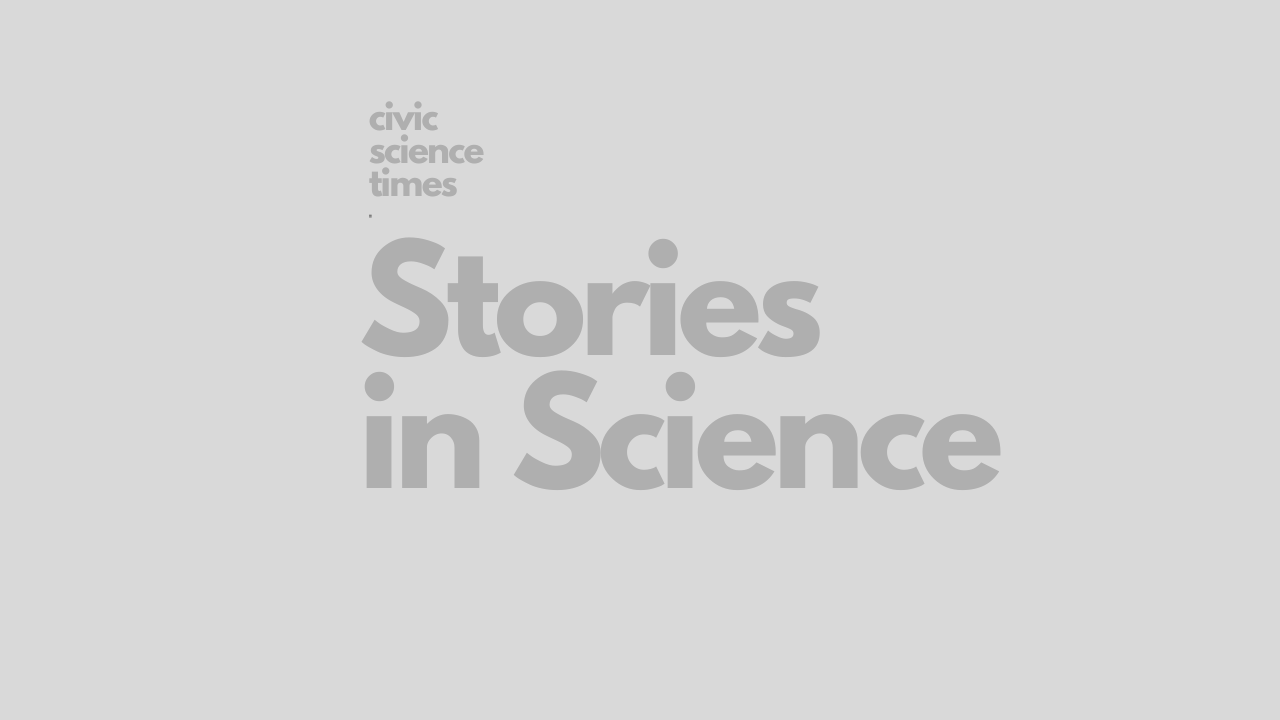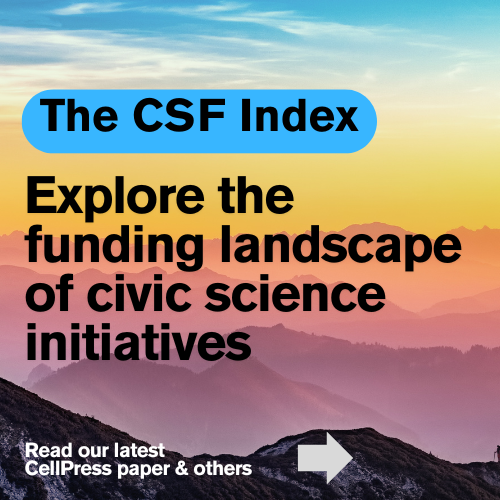CSO - Stories in Science
Limits to Perfection: Searching For Order in Chaos
Kumaresh Krishnan: “Understanding when the details of a model are satisfactory for the research questions being asked is one of the most critical steps in my work.”

Kumaresh Krishnan
Kumaresh Krishnan is a Ph.D. student at Harvard University in the lab of Florian Engert. His scientific world revolves around the wonders of the brain, and outside of the lab, you are equally likely to see him in a sports field all day or performing music elsewhere! He is attempting to uncover how the two eyes integrate information, and on his journey, has gained valuable insights on modeling, research, and life which is the central theme of this story. The story below was edited by Katelyn Comeau.
Key Points:
- ‘Knowing where to draw the line’ is a key element both in research and in life
- “All models are wrong, but some are useful” – George E.P. Box
- ‘Random’ only implies sweeping irrelevant factors under the rug [/su_boxnote]

Kumaresh Krishnan
The dark clouds gave way to a heavy downpour, dampening the spirit of the crowd. The captivating match had to be abandoned, but our low stakes school tournament needed a winner declared that very evening! No degree of number crunching could separate the two teams that gave their all for an hour. After an extended debate, it all boiled down to the trusted, unbiased resolution technique that always leaves the loser frustrated – a coin toss.
Confused between two equally attractive options? – bring in the coin toss. Need to decide who goes first? – coin toss it is! This strategy can be dubbed the quintessential conflict resolver, an elegant way to shift the brunt of decision making. The equal likelihood of success and failure in predicting the outcome, makes a coin toss quite attractive for breaking deadlocks. A person making a prediction after the coin lands on heads thrice, still has the same uncertainty as one hazarding a guess following a single heads. This property is often referred to as ‘independence of event’. In this context arises a burning question – ‘Is the outcome of a coin toss truly random or have we withered away sufficient details to suit our purpose’?
A human hand is flipping a barely cylindrical object that can land on either side. There is no end to sources for variability and we bundle this under the delightful word – ‘random’. Let’s try adding some information that can theoretically boost the accuracy of our answer to ‘heads or tails’. Assume we know the force of the flip, the weight of the coin and the width of the air column. It is possible to ballpark the maximum height reached by the coin and the number of flips it would complete before landing. Piece it together with the side of the coin initially facing up and you are already more certain about your guess compared to going in knowing nothing.
Now, unless we are whiz kids or using technological assistance, these calculations should take a while. Throw in few such factors and we have our ‘model’ for the coin toss – a chance at conquering randomness, some may say.
By no means is this a complete model. We can think of missing factors like temperature which can directly impact the outcome, or something seemingly irrelevant like a butterfly’s flight in the neighboring town! Take this a step further and you realize that no usable model can account for every single factor in the universe.
No wonder the words of the British statistician George E. P. Box became famous – ‘All models are wrong, but some are useful’.
At every opportunity to create a model, we include only factors deemed to be significant contributors to the outcome at hand. The decision of where to draw the line is entirely dependent on the goal. Our dear conflict shattering coin toss has stood the test of time simply because the situation demands an instant response that is unlikely to provide time for extensive calculations.
For this purpose, our ‘model’ of the coin toss includes no factors, thereby appearing random. Posed as a physics problem though, we can include many factors as outlined earlier, to provide increasingly accurate descriptions of the toss. Knowing where to clip the detail is all it takes for models to have value in any given context.
Research too is no stranger to the concept of drawing these lines, one of the first insights provided by my advisor. In my quest to understand and model how the two eyes combine visual information, I too attempted my own version of uncovering structure in apparent randomness. Biological processes possess inherent variability, and clearly, any model would only approximate the phenomenon to a certain extent. Understanding when the details of a model are satisfactory for the research questions being asked is one of the most critical steps in my work. Like most research endeavors, I needed to devise experiments, collect meaningful data, build a model, and compile the work into a written form. In each of these components, we can chase perfection and remain stuck endlessly.
The context of a research question requires defining a certain scope for the work. This can serve as a guiding light to gauge when to transition from one phase to the next. Choosing the right level of abstraction to describe a certain phenomenon is dependent on the question being asked, much like the case of the coin toss. For the person using it to pick a restaurant for lunch, it is unnecessary to use the information about air pressure. However, a person focused on understanding the flight of a coin can make a detailed and useful description of the same phenomenon. Clearly, the same experimental setup can provide data which can be processed in numerous ways. For my work in the domain of neuroscience, modeling is essentially searching for order in the seemingly chaotic activity of billions of neurons in our brain. Here too, a useful model is often built by recognizing pertinent information that helps decide when to press for detail and when to bundle certain factors as ‘random’ or ‘natural variation’.
I was fortunate to have my advisor shower the lovely advice of ‘knowing when to move on’ early in my research career. On a more philosophical note, this is analogous to a strategy for life! Contentment readily translates to knowing where to draw a line. As I write this piece, I too am grappling with the constant thought of conveying my ideas in the perfect way. Perhaps I should draw a line here and leave the reader with a short yet important message. We can definitely chase perfection, but we must be simultaneously aware that the line of satisfaction has to be drawn at some point. Eventually, happiness will be ours to take, both in research and in life!
The CS Media Lab is a Boston-anchored civic science news collective with local, national and global coverage on TV, digital print, and radio through CivicSciTV, CivicSciTimes, and CivicSciRadio. Programs include Questions of the Day, Changemakers, QuickTake, Consider This Next, Stories in Science, Sai Resident Collective and more.

-
Civic Science Observer4 weeks ago
What are the objectives of the Neurotech Justice Accelerator at Mass General Brigham?
-
Civic Science Observer2 days ago
Meet the New Hampshire organization changing the way we see insects
-
Civic Science Observer2 months ago
Dear Colleagues: Now is the time to scale up public engagement with science
-
Civic Science Observer4 days ago
Dear Colleagues: Help us understand the national impacts of federal science funding cuts on early career researchers in academic laboratories























